CAPE ELIZABETH — Buzzing like mosquitoes overhead, the experimental planes dropped from the sky one by one onto the landing strip at Spurwink Farm on Sunday morning.
Their pilots were headed to the Spurwink Farm International Fly-In and pancake breakfast, hosted by the Limington chapter of the Experimental Aircraft Association. The chapter has hosted the popular event for 21 years at the grassy landing strip owned by Phin and Mary Lou Sprague.
All heads turned to watch the landing techniques of the roughly 40 pilots from across New England as they touched down on the field.
“We are the worst critics, but we all make the same mistakes,” said Guy Boudreau of South Portland, a member of the Biddeford EAA chapter.
The EAA was founded in 1953 by a group interested in building its own airplanes and has expanded to include antiques, classics, warbirds, aerobatic aircraft, ultralights, helicopters and contemporary manufactured aircraft. Based in Oshkosh, Wisconsin, the association has 200,000 members. There are seven chapters in Maine.
Like many of the EAA members, Boudreau started flying before he could drive. He said that growing up on a farm in Caribou, owning a plane was not a big deal.
“We had them for hunting and fishing. It wasn’t expensive,” Boudreau said.
But owning a plane today is much more expensive. The price starts at $20,000 and can easily reach several million dollars, said Jonathan Goode of South Portland, a member of the Biddeford chapter. Goode said the cost is driving away the younger generations from taking up the sport. He said not only has this caused a shortage of commercial pilots, but has resulted in the closing of flight schools in Portland, Bar Harbor and Rochester, New Hampshire.
A retired commercial airline pilot, Goode owns what he calls a “flying boat,” which can land and take off in water and on land.
Helen Warner of Wiscasset flew in with her husband, Mark, pilot of their 71-year-old Cessna 140.
“We like to fly low and slow,” Warner said.
Many of the planes landing at Spurwink Farm on Sunday were built in the 1940s and 1950s, at the tail end of what is known as the Golden Age of Flight between World I and World War II, when airplane racing and record-setting made front-page news. Almost all of the planes at the fly-in Sunday had tail wheels, which are designed for landing in hayfields.
“They keep the propeller away from the ground,” Goode said.
As the pilots approached the landing strip, they slowed their engines and sometimes banked into the wind to decelerate the aircraft further.
“They almost look like birds,” said Lucas Wintersteen, 9, of Brookline, Massachusetts.
Lucas said he was fairly certain a career in aviation was not in his future. He was with a large family group, including Ella Shepherd, 6, of Boston, who ventured by car from their summer home on Prouts Neck in Scarborough to see the airplanes up close.
“They look black in the sky, but when they come down they are yellow and other colors,” Ella said.
Send questions/comments to the editors.


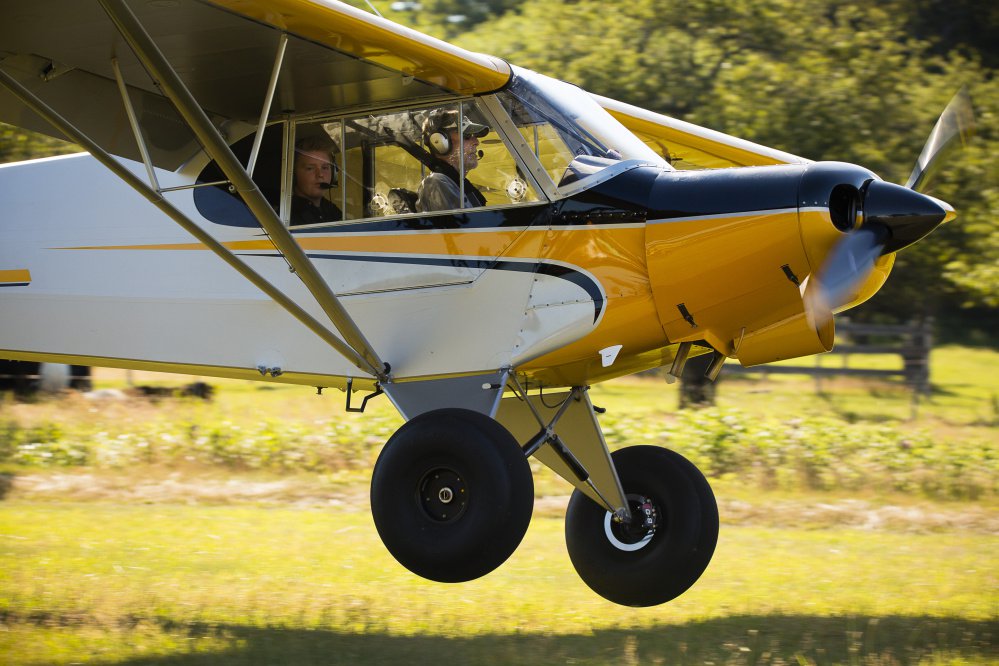
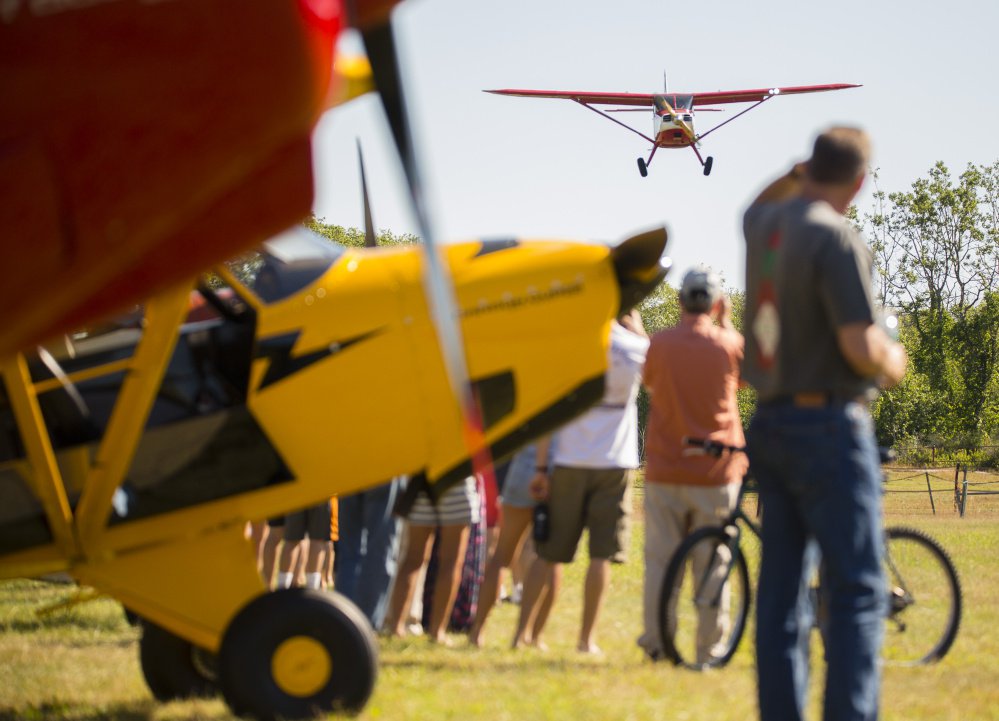
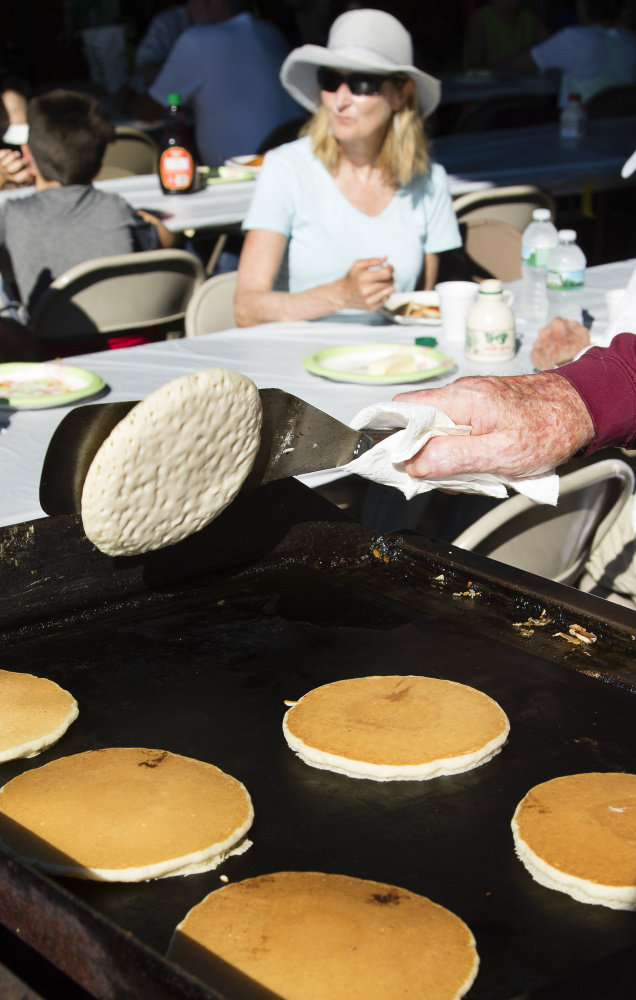
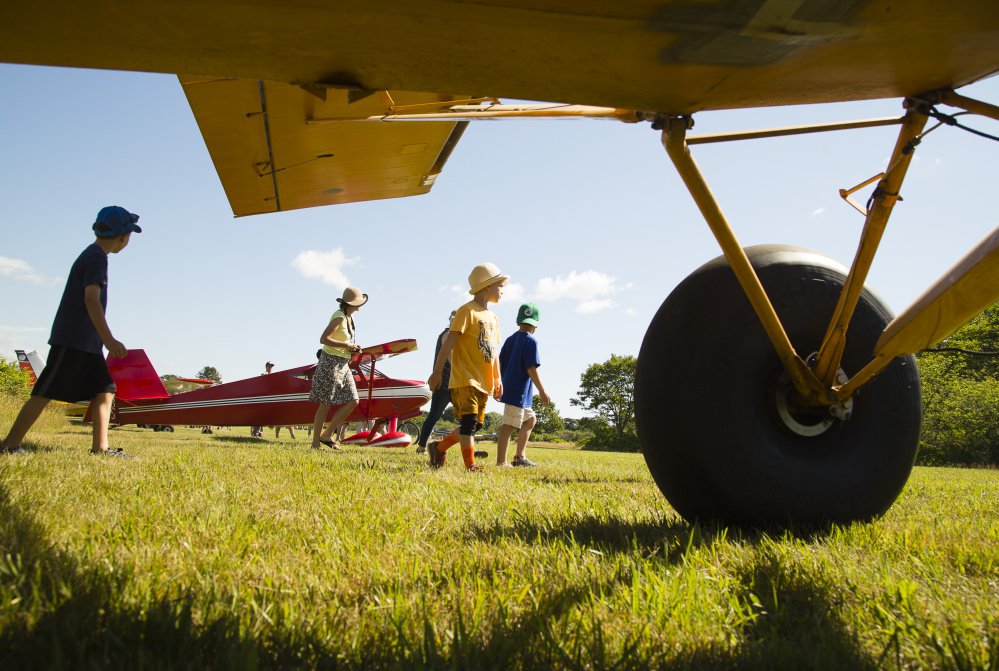
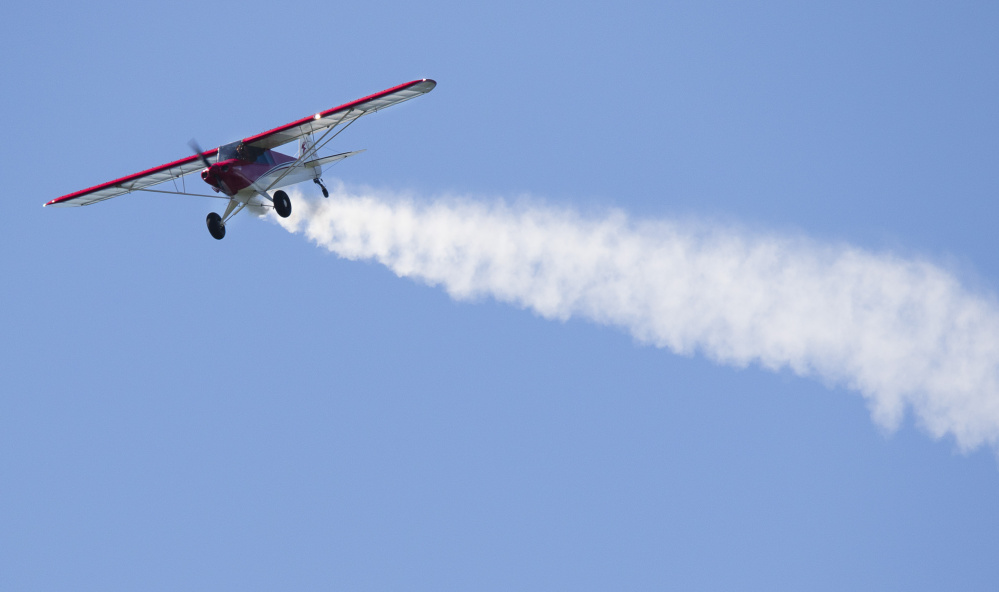
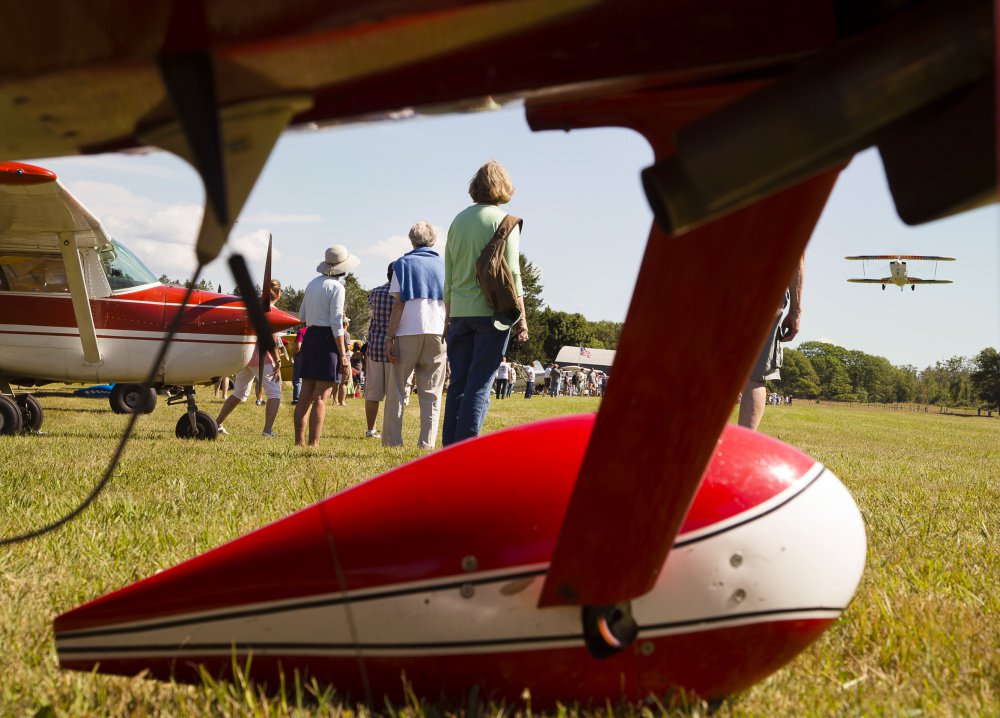
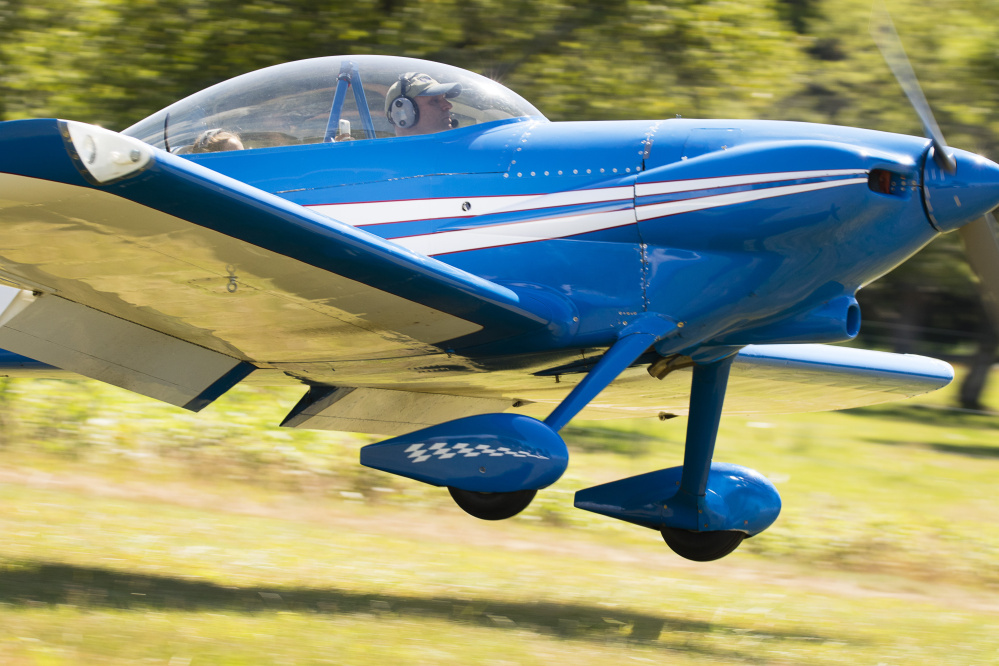
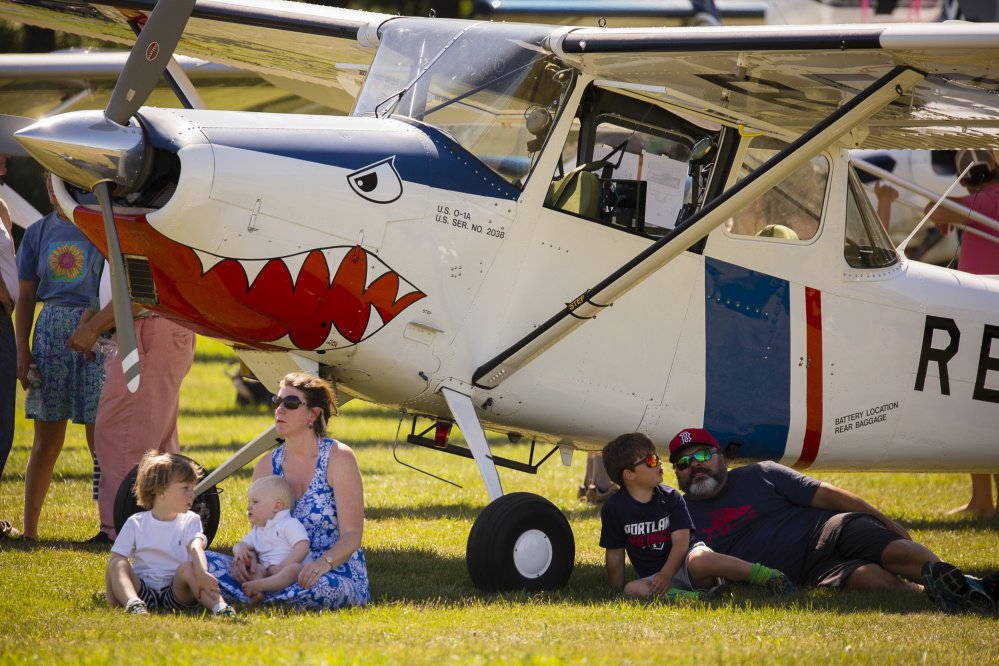
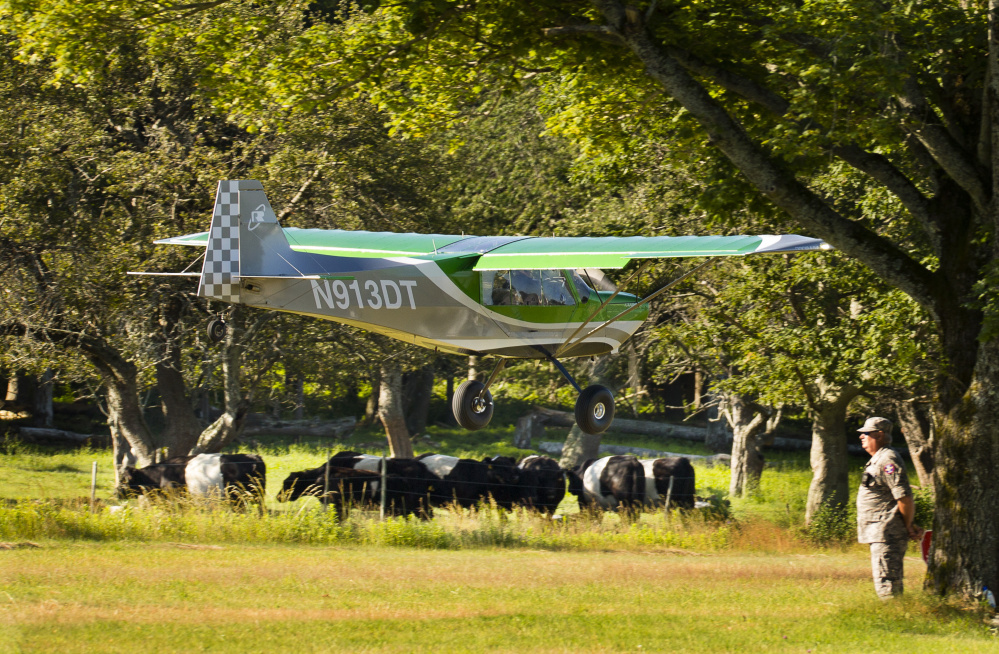

Success. Please wait for the page to reload. If the page does not reload within 5 seconds, please refresh the page.
Enter your email and password to access comments.
Hi, to comment on stories you must . This profile is in addition to your subscription and website login.
Already have a commenting profile? .
Invalid username/password.
Please check your email to confirm and complete your registration.
Only subscribers are eligible to post comments. Please subscribe or login first for digital access. Here’s why.
Use the form below to reset your password. When you've submitted your account email, we will send an email with a reset code.